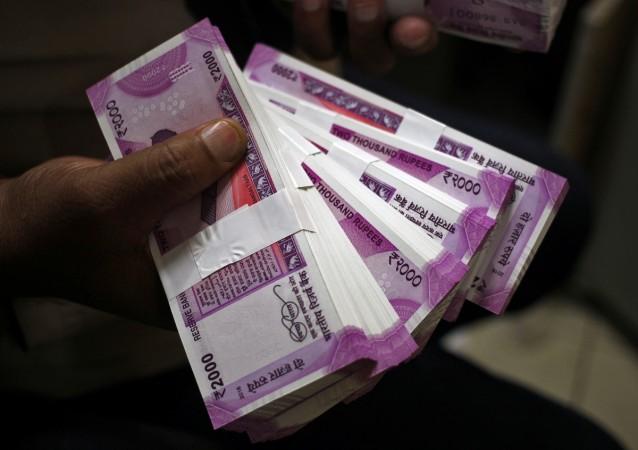
On a freefall over the past four days, the Indian rupee slumped to hit a new five-month low of 67.95 to the US dollar on Wednesday after the country's trade deficit widened to a 10-month high of $10.1 billion for October. Persistent selling of Indian equities by foreign institutional investors (FIIs) and weakness in other Asian currencies also contributed to the depreciation of the rupee.
The domestic currency has lost 152 paise from its November 9 closing of 66.43. The rupee's closing of 67.95 was last witnessed on June 28.
FIIs have been on a selling spree since November 9, coinciding with the Indian government's decision to demonetise currencies of Rs 500 and Rs 1,000 denominations. From November 9 to 11, they were net sellers of Indian equities worth about Rs 4,100 crore.
The trend continued on Tuesday and Wednesday when they ended up with net sales position of Rs 2,354 crore and Rs 1,957 crore, according to provisional data published by the National Stock Exchange (NSE).
The stock markets ended on a flat note on Wednesday, almost reversing the crash that saw the benchmark indices — the BSE Sensex and the NSE Nifty — losing 2 percent over continuing demonetisation concerns among investors.
The indices opened on a positive note on Wednesday but gave up gains at the end of the session.

"The cascading effect of crack down on black money, and possibility of more measures, kept risk appetite low. DIIs had also turned net sellers yesterday, the first time since early October that both institutional investors, both domestic and foreign had pulled out money from Indian capital market," Anand James, Chief Market Strategist, Geojit BNP Paribas Financial Services said in a note.
Sensex stocks that ended with gains on Wednesday included Asian Paints (5.12 percent), TCS(3.21 percent) and Maruti Suzuki (2.91 percent).
IT stocks are likely to open on a weak note on Thursday in response to industry body Nasscom revising the constant currency revenue growth guidance to 8-10 percent for financial year 2016-17.








